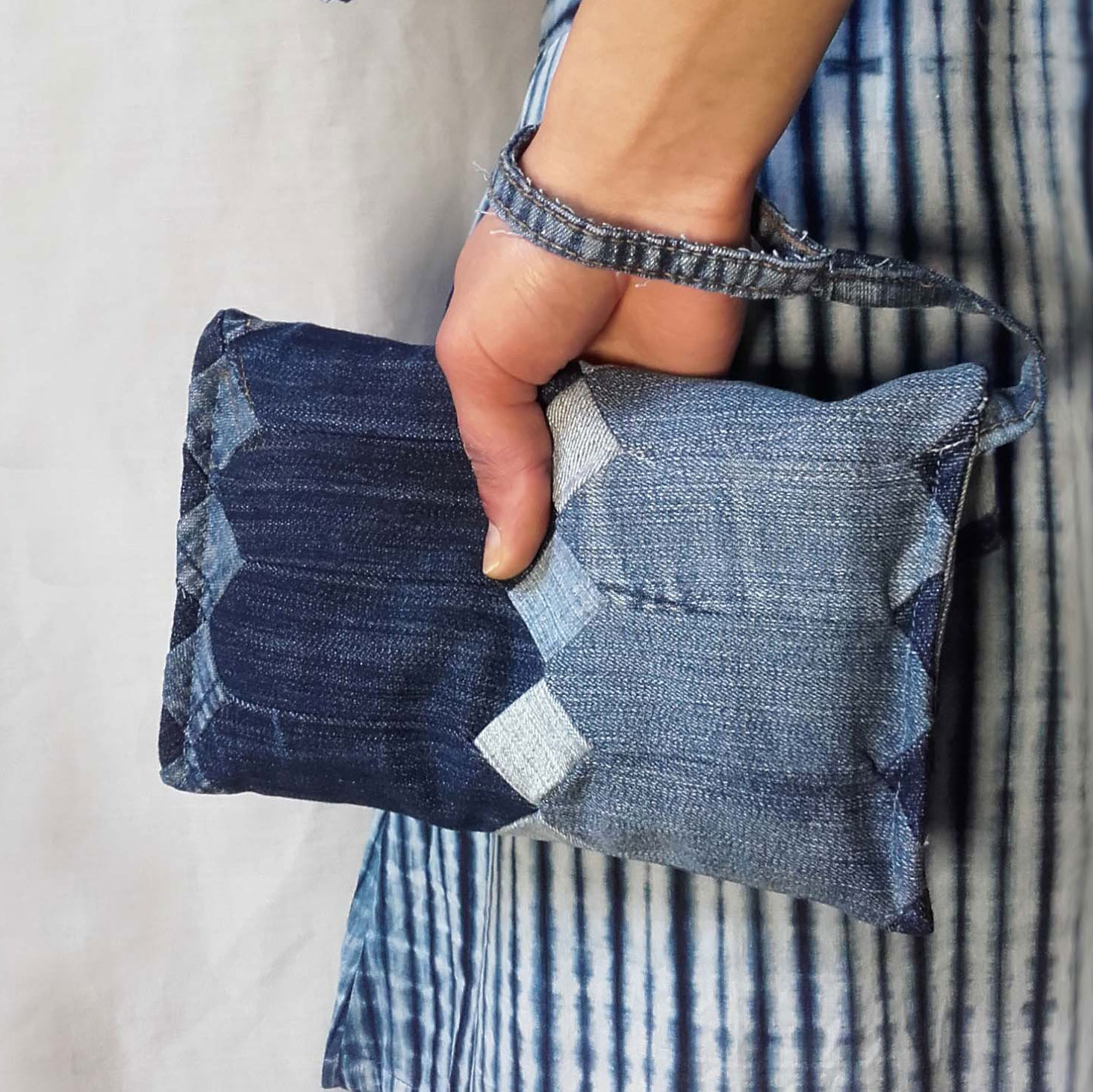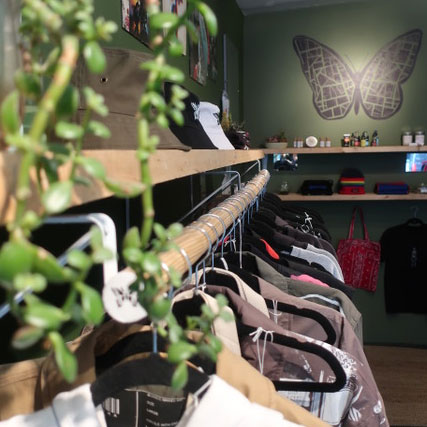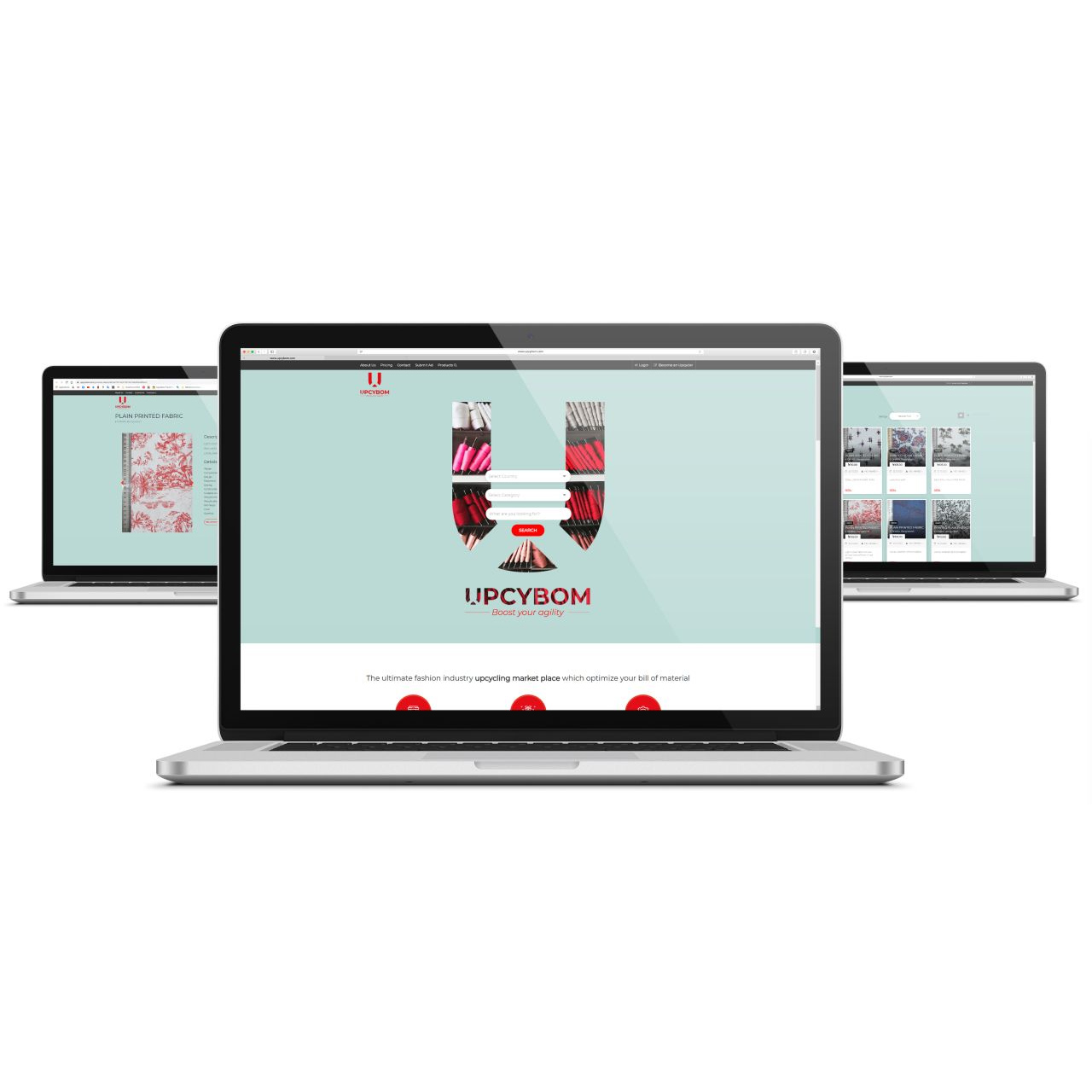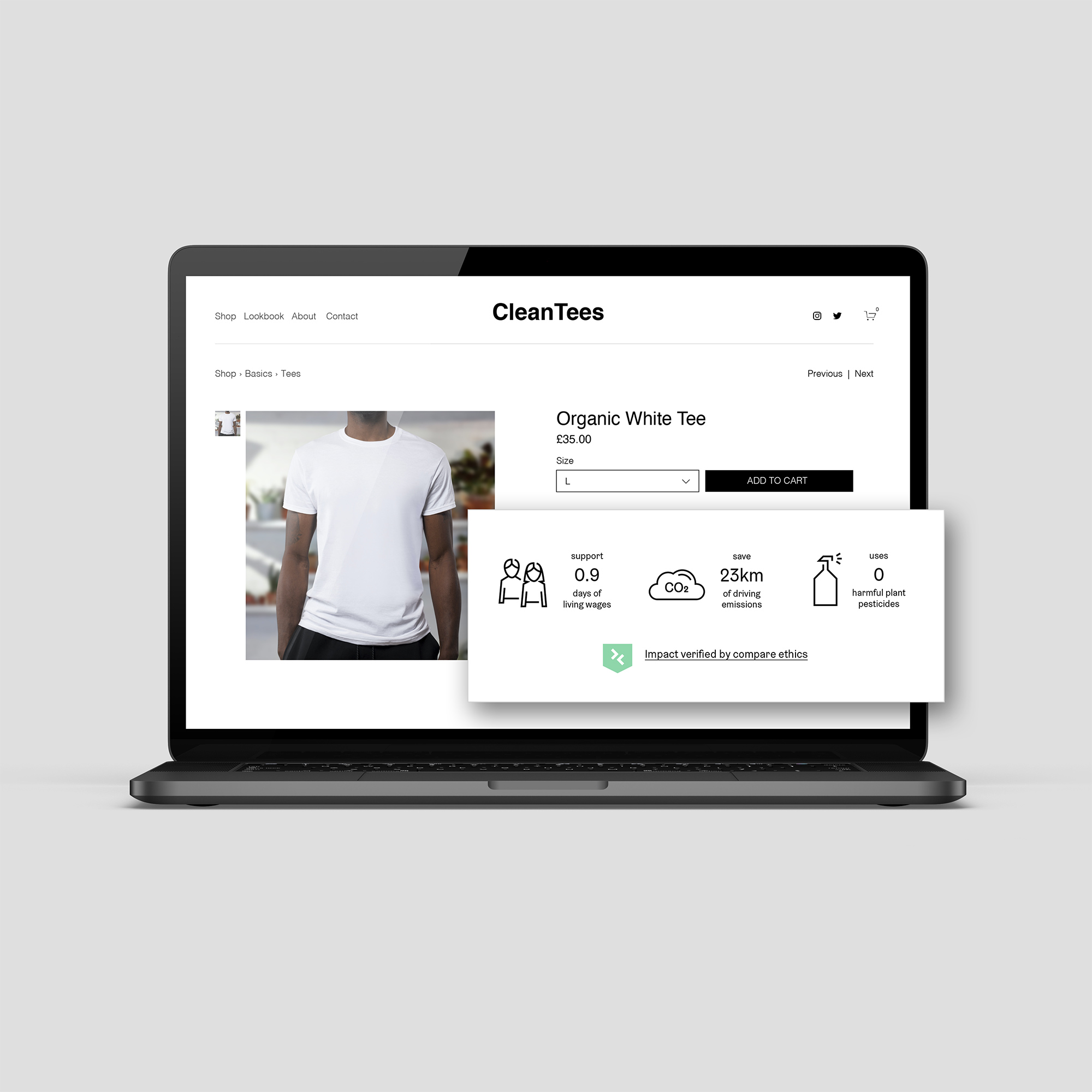Toxic-Free
Circularity
Some organisations believe quite erroneously that it's fine to keep toxicants, degraded polymers and microfibres in the loop.

In fact they encourage the retention of fossil-fuel derivatives as ‘a reduction in footprint’.
We do not regard this as genuinely environmental, nor is it anywhere close to *absolute circularity. There are countless resources exiting the circle - and heading into the environment.
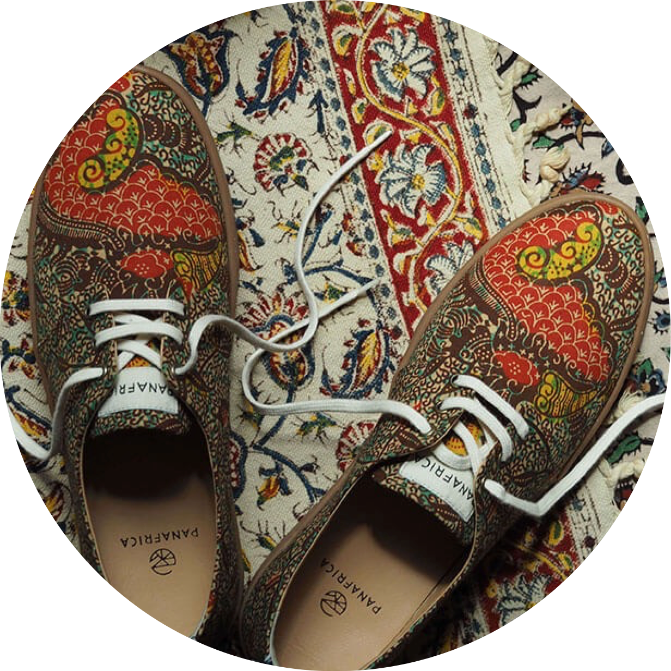
Ethical and colorful sneakers consciously made by Pan Africa
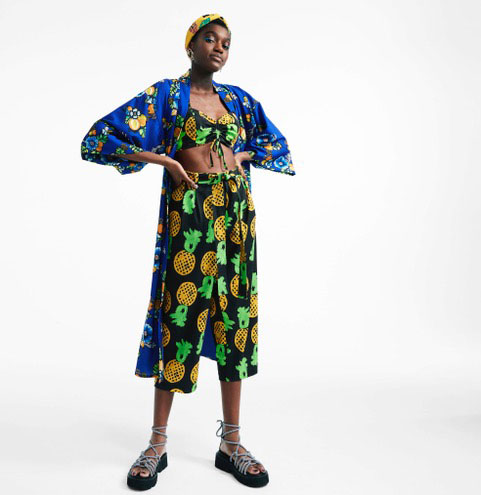
Soko Kenya provides the fashion industry with a manufacturing solution with social and environmental issues at the heart of its business.
*Absolute circularity is in stark contrast to relative circularity where the loop is more closed, but full of gaps.
Extractive circularity, as espoused by others, which facilitates continued extraction of fossil fuels and mining of rare earths goes against everything we stand for.

